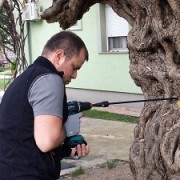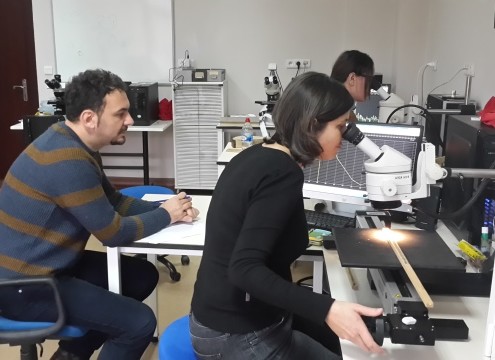Journey through History
Taste, touch, smell and see a journey of the senses through more than two thousand years of olive oil history
Over two thousand years ago, in the time of the Roman Empire, olive trees began to be cultivated in Bar and Ulcinj. From this time, people in this coastal region of Montenegro have produced some of the finest olive oils in the Mediterranean. More than 10,000 of these original ancient trees survive, many of which have been scientifically proven to predate Christ.
Today, more than 1,700 growers continue this tradition. Olives are pressed in one of 12 mills or in some cases in traditional family presses.
Olive oil is part of the very fabric of life in this region. It forms a key ingredient of the delicious local cuisine, and you can sample it in everything from refreshing salads to seafood and the mouth-wateringly moist local cakes.
The region boasts one of the world’s finest olive oils, made from the indigenous Zutica species or ‘yellow yield.’ So-called because of the oil’s beautiful golden colour, ‘yellow yield’ olive oil has an exquisite balance of fruitiness and piquancy. It is a balanced, harmonious oil, with notes of fresh grass. The majority of Montenegrin orchards are covered by the Zutica.
Olive oils from Bar and Ulcinj are considered to be therapeutic. As well as forming a life-giving ingredient of the local cuisine, therefore, local oils are used to produce a special array of soaps and cosmetics.
Wood from olive trees that no longer produce yields is lovingly handcrafted into objects that can be purchased as souvenirs.



